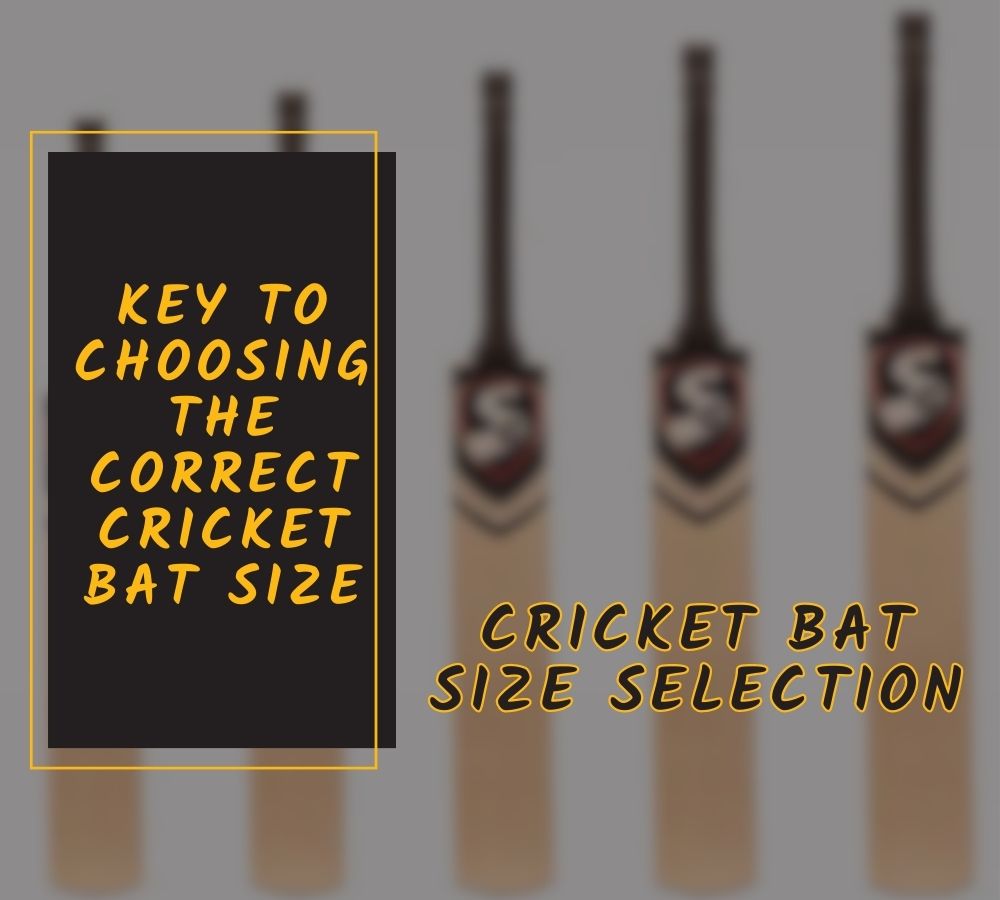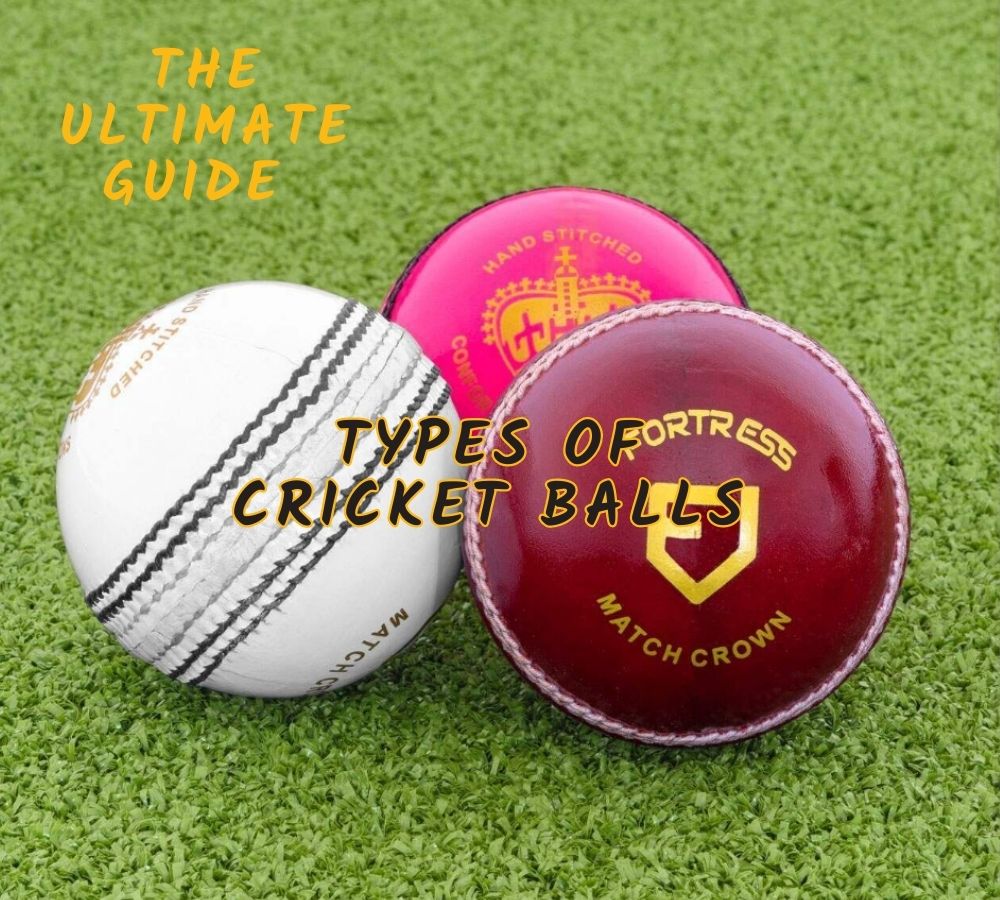A well-crafted bat can distinguish between a glorious six and an unfortunate dismissal.
Among the various factors contributing to a bat’s performance, one often hears about the mysterious “grains” that adorn its surface.
But what exactly are grains on a cricket bat?
This article will unravel the secrets behind the grains, exploring their origin, significance, and impact on the bat’s performance.
Whether you are a seasoned cricket enthusiast or a curious beginner, join us on this journey to discover the hidden world of grains on a cricket bat.
What are grains on a cricket bat?
Grains on a cricket bat refer to the visible lines or patterns that can be seen on the surface of the bat’s blade.
The grains on the bat’s face result from the growth rings in the wood, which represents the tree’s annual growth. Each ring corresponds to a year of growth and appears as a distinct line or grain on the bat’s surface.
The number of grains on a cricket bat can vary and typically ranges from 6 to 12 or even more. The quality of grains is evaluated based on their straightness, uniformity, and spacing.
Bats with straight, evenly-spaced grains are generally considered higher quality and often preferred by professional cricketers.
Understanding the significance of grains on cricket bat
The significance of grains on a cricket bat extends beyond their visual appeal. These lines on the bat’s surface hold valuable information about its performance characteristics and can greatly impact a batter’s game.
Let us delve into the key aspects of the significance of grains:
1. Durability
The quality and density of grains can provide insights into the durability of a cricket bat. Bats with tight and straight grains are often more durable, indicating a dense and resilient willow. Such bats are better equipped to withstand the impact of fast bowling and have a lower risk of cracking or splitting during intense gameplay.
2. Weight and Balance
The grains on a cricket bat can influence its weight distribution and balance. Bats with evenly spaced grains are generally more balanced, ensuring better maneuverability and control while playing shots. The grain structure also affects the bat’s pickup, which refers to how it feels in the batsman’s hands. A well-balanced bat can enhance a player’s stroke play and overall performance.
3. Hitting Power and Performance
The quality of grains can significantly impact the performance of a cricket bat. Bats with high-quality grains tend to have better ball response, providing a larger sweet spot for optimum power transfer from the bat to the ball. The straightness and uniformity of grains contribute to improved shot-making ability, enabling batsmen to generate more power and precision in their strokes.
4. Shot-Making Ability
Different grain patterns can influence the bat’s shot-making ability. Bats with straight, closely spaced grains often provide better control and accuracy for players who rely on precise shot placement. On the other hand, bats with slightly wider grains might offer more power for aggressive stroke play. Understanding the grain pattern can assist batsmen in selecting a bat that aligns with their preferred playing style.
How to Consider the Grains Factor While Purchasing a Cricket Bat?
While analyzing the grains factor, you must consider two main points – the number of grains and the width of the grains. Let us check the details of the points below.
Grains on a Kashmir Willow:
Although used by a few top batters, Kashmir willow cricket bats are generally considered inferior quality and are more affordable.
The grains on a Kashmir willow bat are typically thinner and can intermingle with each other, making them challenging to count accurately. While counting the grains on a Kashmir bat is possible, their presence may not significantly affect the overall quality. Although Kashmir willow has its advantages, longevity is not one of them.
Grains on an English Willow:
In contrast, the grains on English willow bats are more distinct and easier to spot. With the bat placed under light, counting the grains becomes feasible.
The grains on English willow bats are usually wider, straighter, and more pronounced than on Kashmir willow. English willow is renowned for its superior quality, and the marked grains are a reliable indicator.
Determining the Ideal Number of Grains:
When it comes to the ideal number of grains on a cricket bat, it varies depending on several factors. Each grain represents a year of growth for the tree that produced it. English willow bats can have a wide range of grains, typically from four to five grains at the lower end to 12 to 15 at the higher end.
While, in general, a greater number of grains suggests better performance, there are considerations to keep in mind.
Bats with fewer grains may require more time to mature and reach their optimal performance level. On the other hand, bats with a higher number of grains may already be at their peak performance.
However, it’s important to note that the number of grains is not the sole determinant of bat quality and performance.
{Professional cricketers often use bats with more grains as they have matured and are at peak performance. However, for club cricketers who may not have the luxury of multiple bats or bat sponsors, purchasing a bat with fewer grains may be wiser, allowing it time to mature with proper knocking-in.}
Narrow Vs. Wide Grains
The width of grains on a cricket bat makes a difference in performance and durability. Narrow grains on a bat can indicate slower wood growth, implying that it has matured longer. While this may result in denser fibers, it also increases the risk of brittleness, making the bat more prone to breaking within a shorter period.
On the other hand, wider grains suggest that the bat may require more time to reach its peak performance. Bats with wider grains may initially lack the optimal power and timing until the maturity process progresses slower.
Conclusion
When selecting the best cricket bat, it is essential to consider various factors, including the quality of grains, overall construction, weight distribution, balance, and personal preference. Grains indicate the bat’s potential performance, but they are not the sole determining factor. It is advisable to try out different bats, consult with knowledgeable individuals, and consider one’s playing style and budget to make an informed decision in finding the cricket bat that suits individual needs and preferences.




